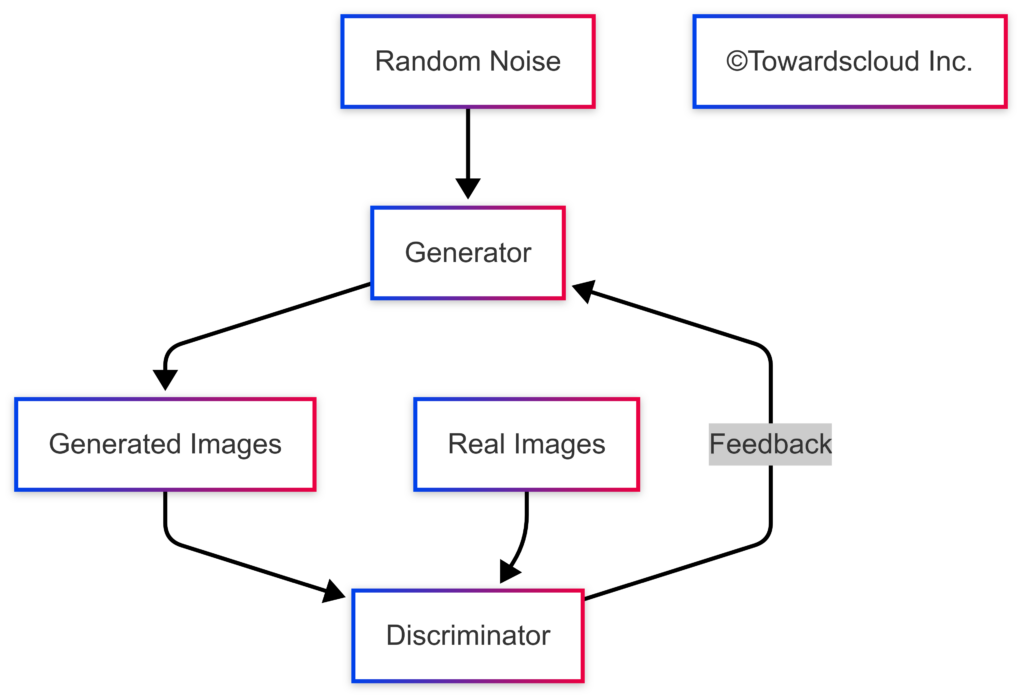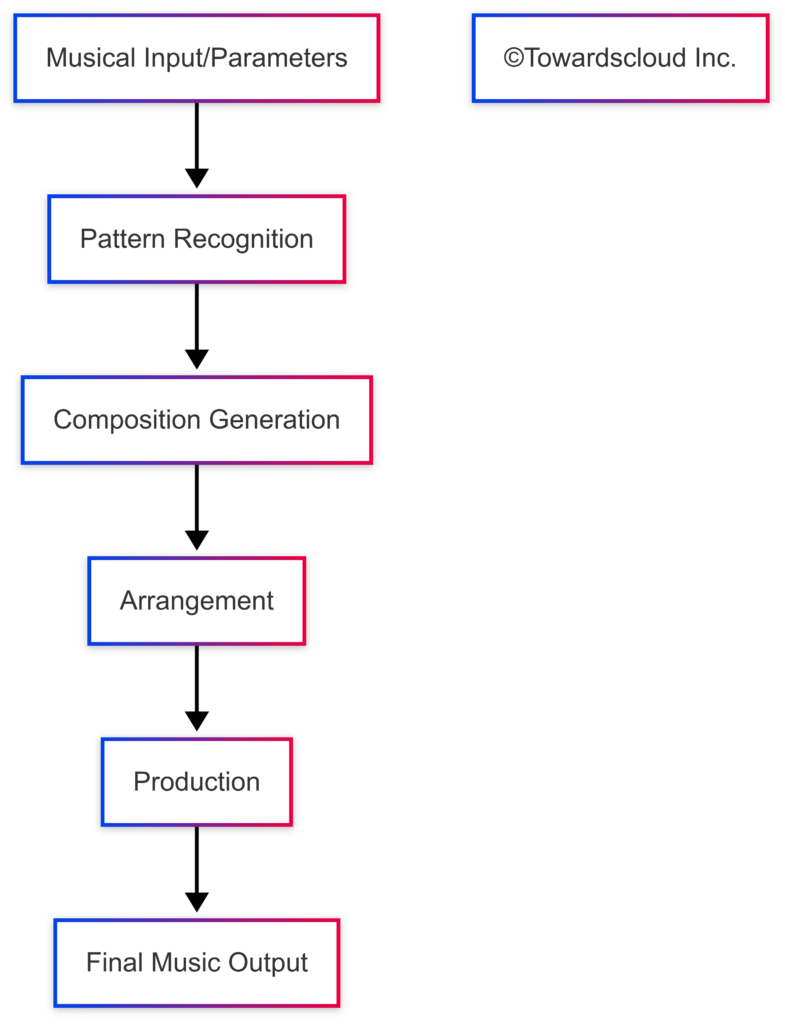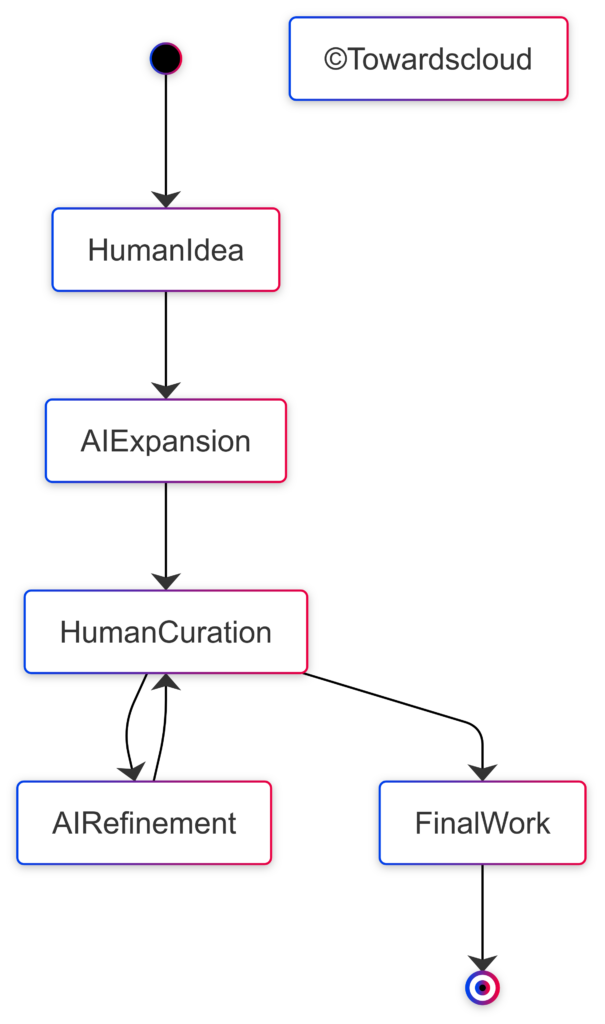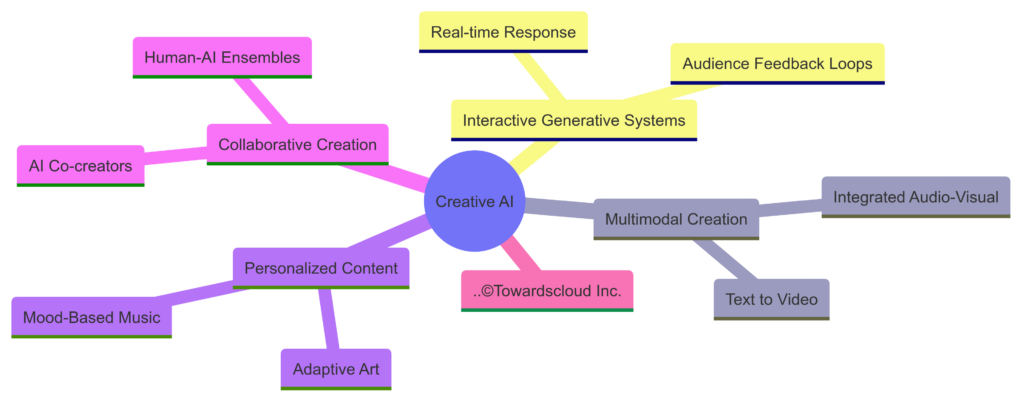In today’s digital landscape, Generative AI has emerged as a powerful force transforming how we create and experience art and music. From AI-generated paintings that sell for thousands of dollars to music composed entirely by algorithms, the creative world is experiencing a technological renaissance. Let’s dive into this fascinating intersection of technology and creativity.
What is Generative AI?
At its core, Generative AI refers to artificial intelligence systems that can create new content rather than simply analyzing existing data. Think of it as the difference between a critic who reviews art and an artist who creates it.

🔍 Try This: Look at artwork from the AI system DALL-E or Midjourney and try to determine if you can distinguish it from human-created art. What subtle differences do you notice?
Real-World Example
Remember when you were a child and played with building blocks? You started with basic pieces and created something unique. Generative AI works similarly but at an incredibly sophisticated level—it takes building blocks of data (like musical notes or visual patterns) and arranges them into new creations.
The Technology Behind Creative AI
Generative AI systems in art and music typically rely on several key technologies:
Neural Networks: The Digital Brain
Neural networks, particularly Generative Adversarial Networks (GANs) and Transformers, form the backbone of creative AI.

In a GAN, two neural networks work against each other:
- The Generator creates new content
- The Discriminator evaluates how realistic it is
This “adversarial” relationship pushes both networks to improve, resulting in increasingly convincing outputs.
Training Data: The Creative Education
Just as human artists learn by studying masterpieces, AI systems need exposure to existing creative works.
| Training Data Type | Examples | Purpose |
|---|---|---|
| Visual Art | Paintings, photographs, sculptures | Teaches visual composition, style, color theory |
| Music | Classical compositions, pop songs, jazz | Teaches harmony, rhythm, instrumentation |
| Combined Media | Film scores, music videos | Teaches relationships between visual and audio elements |
💡 Think About It: What ethical considerations arise when AI systems are trained on human artists’ work? Who owns the creative rights to AI-generated art inspired by human creations?
Generative AI in Visual Art
Popular AI Art Tools
Several platforms have made AI art creation accessible to everyone:
- DALL-E by OpenAI – Creates images from text descriptions
- Midjourney – Produces highly detailed artistic renderings
- Stable Diffusion – Open-source image generation model

Real-World Application
Consider photography editing tools like Adobe Photoshop’s “Generative Fill.” If you’ve ever wanted to extend a landscape photo beyond its original boundaries or remove an unwanted object from a perfect shot, generative AI can now create new, realistic content that seamlessly blends with the original image.
🎨 Action Item: Try a free AI art generator like Playground AI or Leonardo.ai and create an image using a detailed prompt. Notice how different phrases affect the output.
Generative AI in Music
AI Music Creation Tools
The music industry has embraced several AI tools for composition and production:
- OpenAI’s Jukebox – Generates music in different genres with vocals
- Google’s Magenta – Creates musical compositions and helps with arrangement
- AIVA – Composes emotional soundtrack music

Real-World Example
Think about how streaming services like Spotify recommend music based on your listening habits. Now imagine that instead of just recommending existing songs, these platforms could create entirely new music tailored exactly to your preferences—perhaps a blend of your favorite artists or a new song in the style of a band you love, but with lyrics about topics that interest you.
🎵 Try This: Listen to music created by AI composers like AIVA (available here) and compare it with human-composed music in the same genre. Can you tell the difference?
The Creative Process: Human + AI Collaboration
Most exciting developments in this field come not from AI working alone, but from human-AI collaboration.

Real-World Example
Consider film scoring: A human composer might create a main theme, then use AI to generate variations that match different emotional scenes throughout a movie. The composer then selects and refines these variations, creating a cohesive soundtrack that would have taken much longer to produce manually.
Ethical and Industry Implications
The rise of generative AI in creative fields raises important questions:
| Concern | Explanation | Potential Solutions |
|---|---|---|
| Copyright | Who owns AI-generated art based on existing works? | Developing new copyright frameworks specifically for AI |
| Artist Livelihoods | Will AI replace human artists? | Focus on AI as augmentation rather than replacement |
| Authenticity | Does AI art have the same value as human art? | New appreciation frameworks that consider intention and process |
| Bias | AI systems reflect biases in their training data | Diverse, carefully curated training datasets |
🤔 Consider This: How would you feel if your favorite artist’s next album was composed with significant AI assistance? Would it change your perception of their talent or the emotional impact of their work?
Cloud Provider Offerings for Creative AI
All major cloud providers now offer services to help developers implement generative AI for creative applications:
AWS
AWS offers several services that support generative AI for creative applications:
- Amazon SageMaker Canvas – No-code ML with generative capabilities
- AWS DeepComposer – AI-assisted music composition
Google Cloud Platform (GCP)
GCP provides powerful tools for creative AI development:
- Vertex AI – End-to-end platform for building generative models
- Cloud TPU – Specialized hardware for training complex creative AI systems
Microsoft Azure
Azure provides solutions specifically tailored for creative professionals:
- Azure OpenAI Service – Access to powerful models like DALL-E
- Azure Cognitive Services – Vision and speech services for multimedia AI

Getting Started with Creative AI
Interested in experimenting with generative AI for your own creative projects? Here’s a simple roadmap:
- Start with user-friendly tools:
- For images: DALL-E or Midjourney
- For music: Suno or Soundraw
- Learn prompt engineering – The art of crafting text instructions that yield the best results from generative AI
- Explore open-source options like Stable Diffusion for more customization
- Consider cloud-based development for more advanced projects
🚀 Challenge Yourself: Create a small multimedia project combining AI-generated images and music around a theme that interests you. How does the creative process differ from traditional methods?
Future Directions
The field of generative AI in art and music is evolving rapidly. Here are some emerging trends to watch:

Real-World Example
In the near future, imagine attending a concert where a human musician performs alongside an AI that adapts in real-time to the musician’s improvisations, the audience’s reactions, and even environmental factors like weather or time of day. The result would be a truly unique performance that could never be exactly replicated.
Conclusion
Generative AI in art and music represents not just a technological advancement but a fundamental shift in how we think about creativity and expression. As these tools become more accessible, we’re seeing a democratization of creative capabilities and the emergence of entirely new art forms.
Whether you’re an artist looking to incorporate AI into your workflow, a developer interested in building creative applications, or simply a curious observer of this technological revolution, the intersection of AI and creativity offers exciting possibilities for exploration.
📣 Share Your Experience: Have you created anything using AI tools? What was your experience like? Share your thoughts in the comments, and let’s discuss the future of creative AI together!
Further Reading: